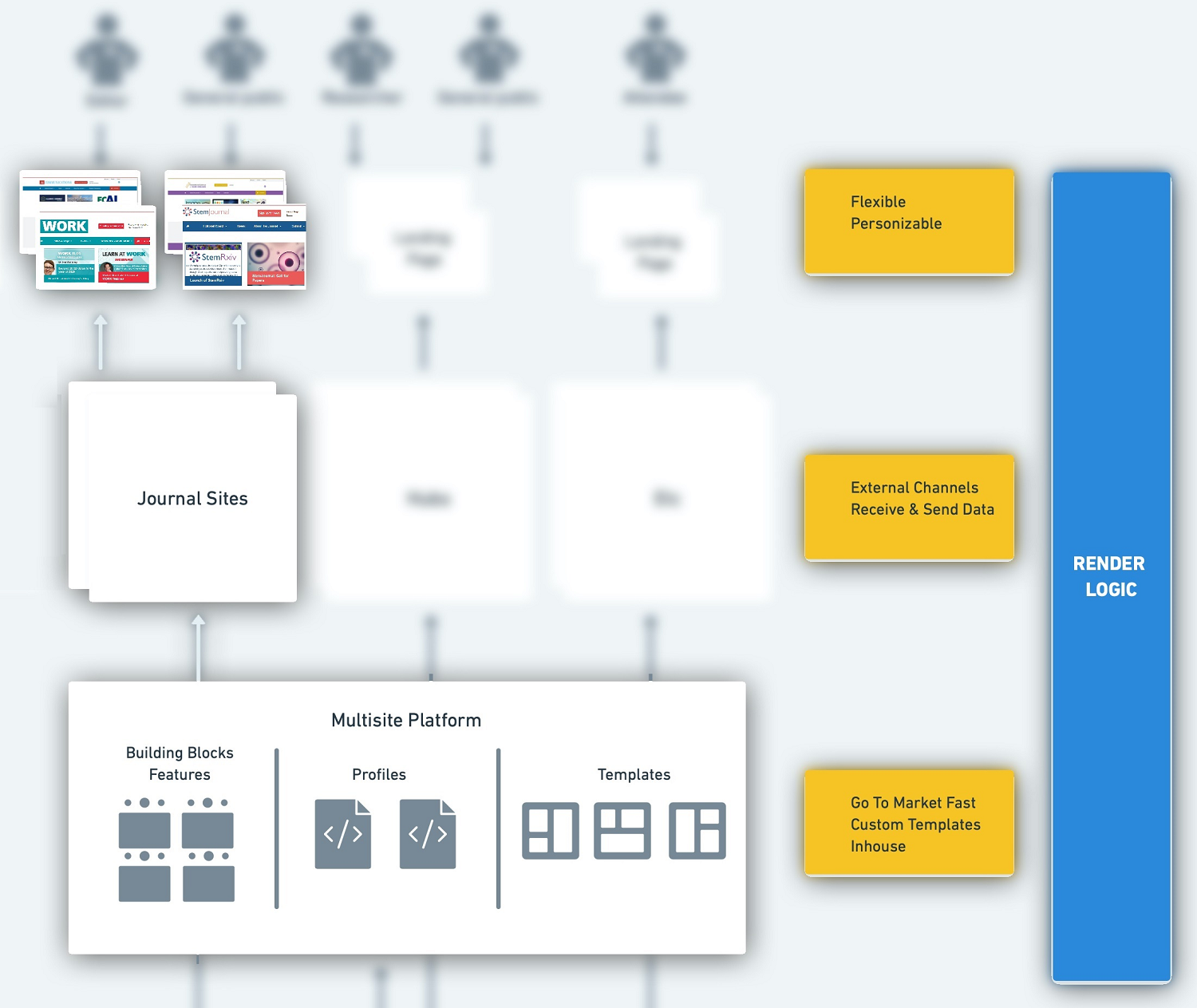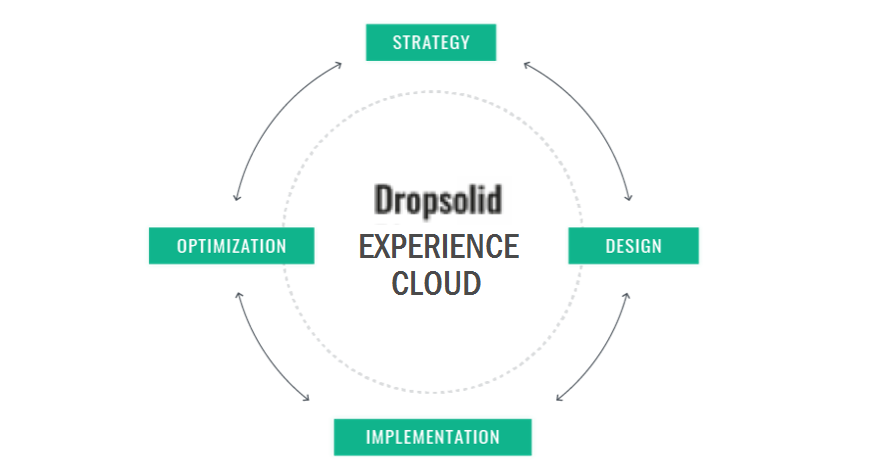Future proofing
The structure allows for flexibility to personalize the sites according to the needs of each journal, as well as being able to add new features in the future. We can collaborate internally – whether it be with the marketing team or developers – in a transparent manner, thanks to the activity history. It is also possible to add third parties, allowing external collaborators to develop features within the final environment.
Future development and prototyping is always carried out on the profile first and then rolled out to all sites, so improvements for one site will benefit all. This centralized approach also increases sustainability, as well as scalability. It is very easy to add a new site and costs go down per new website.

In summary, our scalable infrastructure for journal websites has allowed us for has allowed for:
• Sites to be set up at the click of a button
• Transparent internal and external collaboration
• Interoperable modules through install profile
• Increased maintainability and sustainability
• Extreme scalability
We now have a platform with all our sites in one place and the IOS Press team who are busy setting up individual websites as and when the need arises, without any tech expertise. The fun part when creating new journal sites is to identify which features are relevant for the audience and incorporating them into the set up so as to maximize the digital experience.
Visit all the journal websites that are supported by the new technology via the links below:
AI Communications – aicommunications.eu
Information Polity – informationpolity.com
Statistical Journal of the IAOS – officialstatistics.com
StemJournal – stemjnl.org
Translational Science of Rare Diseases – journal.rarediseaseshub.org
WORK – workjournal.org
Environmental Policy and Law – environmentalpolicyandlaw.com
IOS Press Labs* (you are on it)
*Not a journal website but a new platform for communicating our tech developments and collaborations
GET NEWS UPDATES: To receive news about IOS Press Labs, sign up for our newsletter here.




